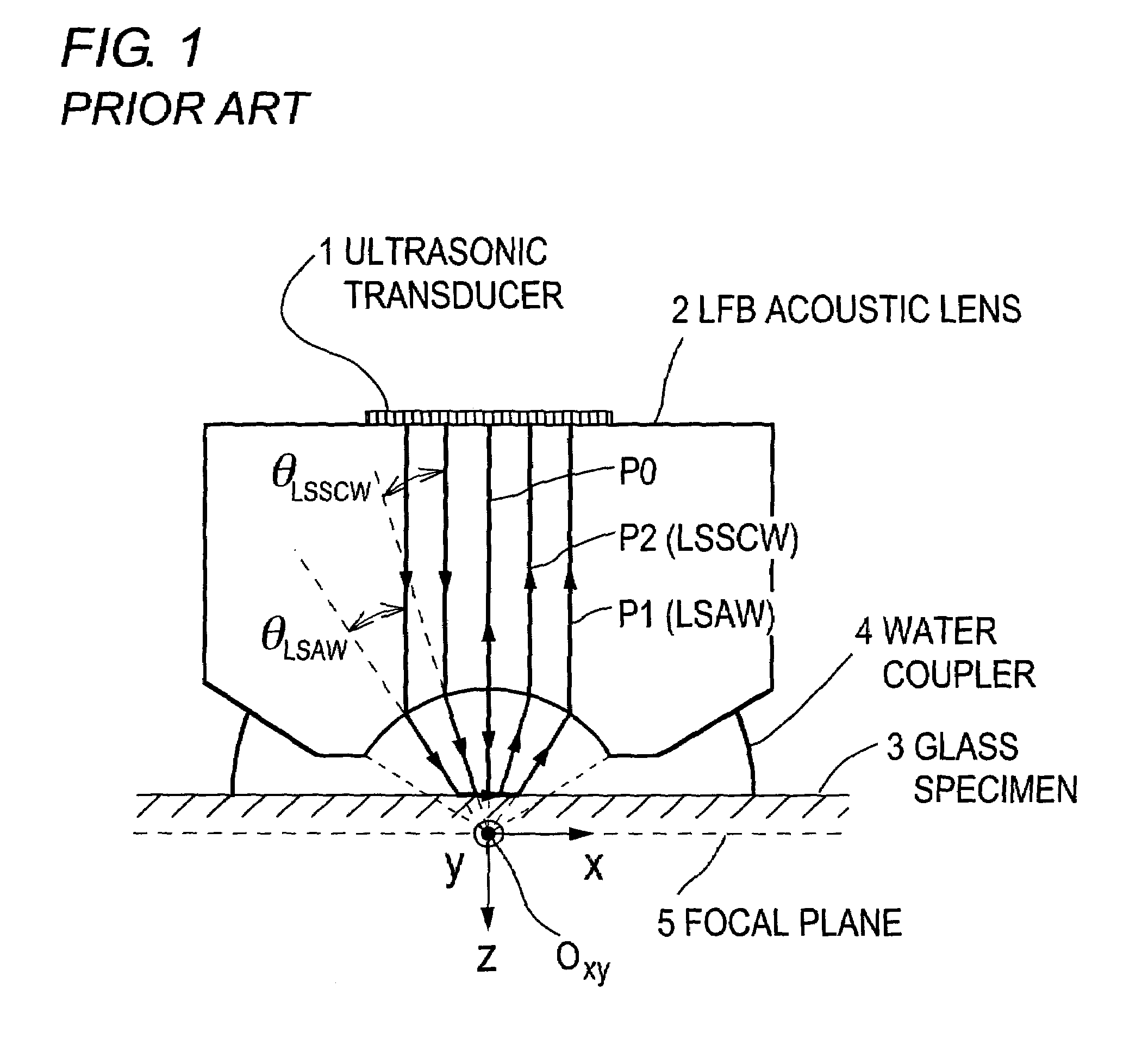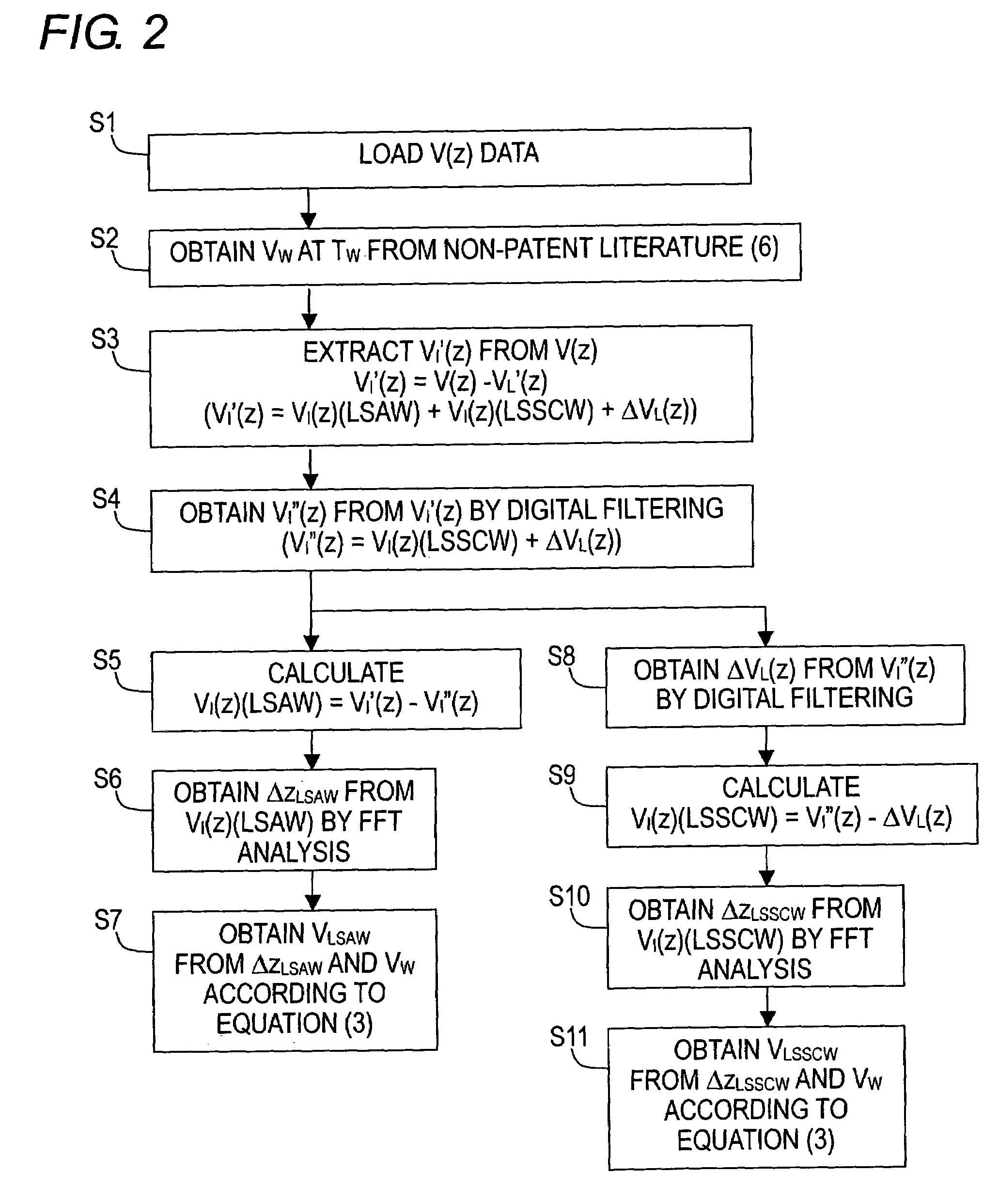Evaluation method for coefficient of thermal expansion of ultra-low-expansion glass material
a technology of ultra-low expansion and coefficient of thermal expansion, which is applied in the direction of generators/motors, instruments, specific gravity measurements, etc., can solve the problems of inability to measure the surface distribution of actual specimens, the improvement beyond this level cannot be expected, and the damage of the actual specimen
- Summary
- Abstract
- Description
- Claims
- Application Information
AI Technical Summary
Benefits of technology
Problems solved by technology
Method used
Image
Examples
embodiment
[0161]Here, as ultra-low-expansion glasses, one piece each of ultra-low-expansion glass #1 (manufactured by Company A), which is TiO2—SiO2 glass, and ultra-low-expansion glass #2 (manufactured by Company B) which is Li2O—Al2O3—SiO2-system crystallized glass, are taken to be respectively ultra-low-expansion glasses #1-1 and #2-1 and measured with regard to the frequency characteristics of the longitudinal-wave velocity and attenuation coefficient, the shear-wave velocity and attenuation coefficient, and the density, and their temperature dependences in the vicinity of room temperature, and an explanation will be given below for the case that these are taken as standard specimens. Moreover, as a reference, the measurement results for synthetic silica glass #3 (taken to be synthetic silica glass #3-1) (manufactured by Company A), consisting of 100% SiO2, will also be shown (Non-Patent Reference 15).
[0162]First, standard specimens are prepared. For the aforementioned three types of stan...
PUM
| Property | Measurement | Unit |
|---|---|---|
| temperature | aaaaa | aaaaa |
| temperature | aaaaa | aaaaa |
| thickness | aaaaa | aaaaa |
Abstract
Description
Claims
Application Information
 Login to View More
Login to View More - R&D
- Intellectual Property
- Life Sciences
- Materials
- Tech Scout
- Unparalleled Data Quality
- Higher Quality Content
- 60% Fewer Hallucinations
Browse by: Latest US Patents, China's latest patents, Technical Efficacy Thesaurus, Application Domain, Technology Topic, Popular Technical Reports.
© 2025 PatSnap. All rights reserved.Legal|Privacy policy|Modern Slavery Act Transparency Statement|Sitemap|About US| Contact US: help@patsnap.com



